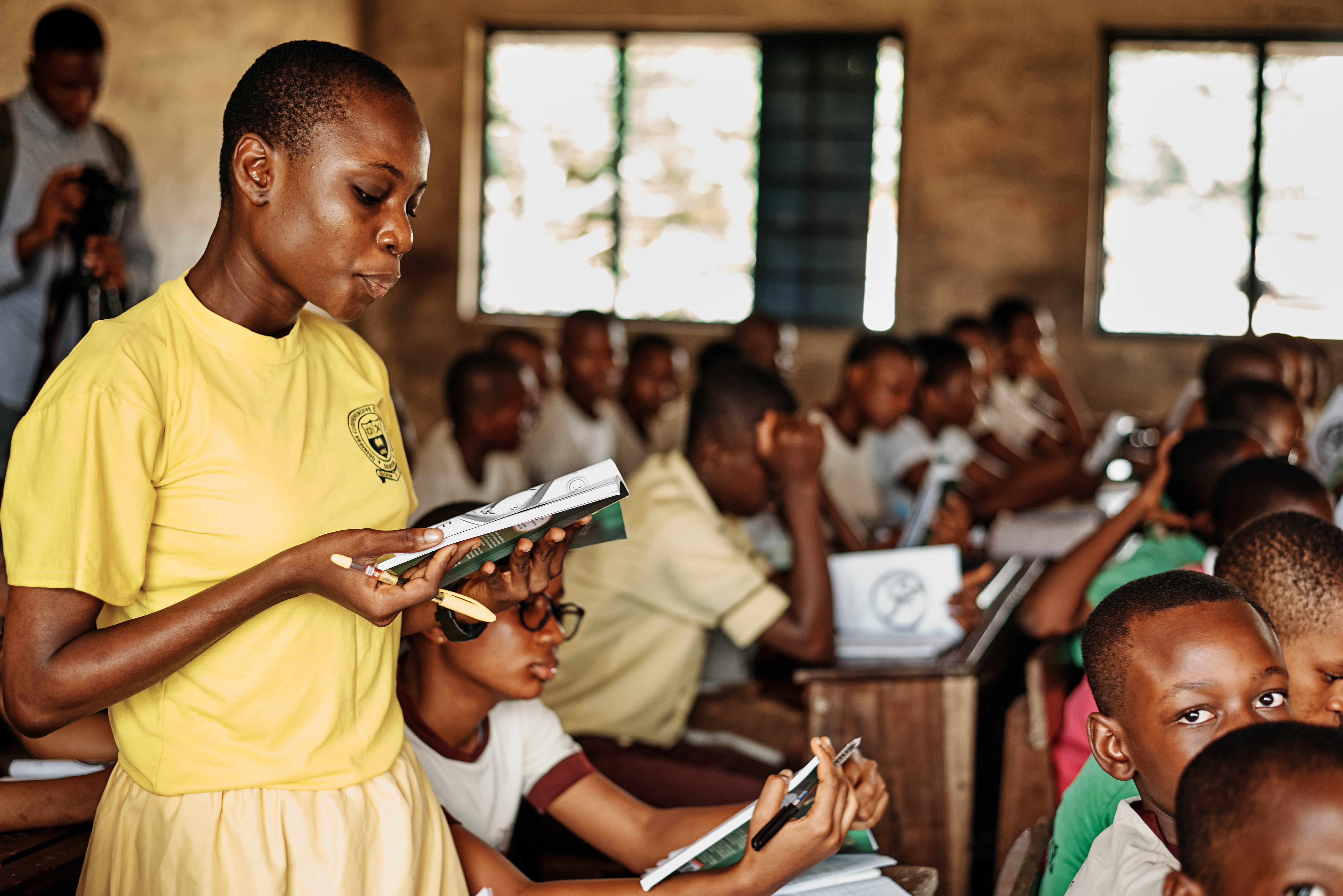Behavioural and Social Interventions
Posted by Letswalo L Marobane on 28 September 2023, 16:30 SAST

Photo by Emmanuel Ikwuegbu:
https://www.pexels.com/photo/person-in-yellow-crew-neck-t-shirt-reading-a-book-9628111/
Identify characteristics of students with learning disabilities and link to descriptions of successful strategies for working with these special children.
Editor's note: For more information on each of the characteristics, as well as successful strategies, click on the links below.
Four of the most common and troublesome characteristics of learning disabled students are:
- Impulsivity: the tendency to jump into a situation without thinking or making a plan.
- Disorganization: the inability to organize the simplest of tasks.
- Distractibility: the inability to sustain attention appropriately.
- Poor memory: the inability to remember information that has been taught.
These traits may interfere with:
- Behavioral expectations.
- Completing work and/or getting it in on time.
- Learning assigned material, especially isolated information such as spelling words and basic mathematics facts.
These are legitimate concerns that must be addressed if a child is to be a successful student. When these problems occur, educators are reluctant to consider gifted programming even if a crossover child qualifies on the basis of test scores and demonstrates high potential in some areas.
Students with learning disabilities as well as those who are gifted may:
- Have difficulty maintaining a sense of balance and emotional well-being when faced with being different from the majority of their peers.
- Have rather severe social problems.
- Be most affected by their shyness and introversion.
- Experience a sense of isolation and alienation from their peers.
A social skills deficit is one of the ways in which a student's learning disability may be manifested. The crossover child may face a combination of any of the above problems.
